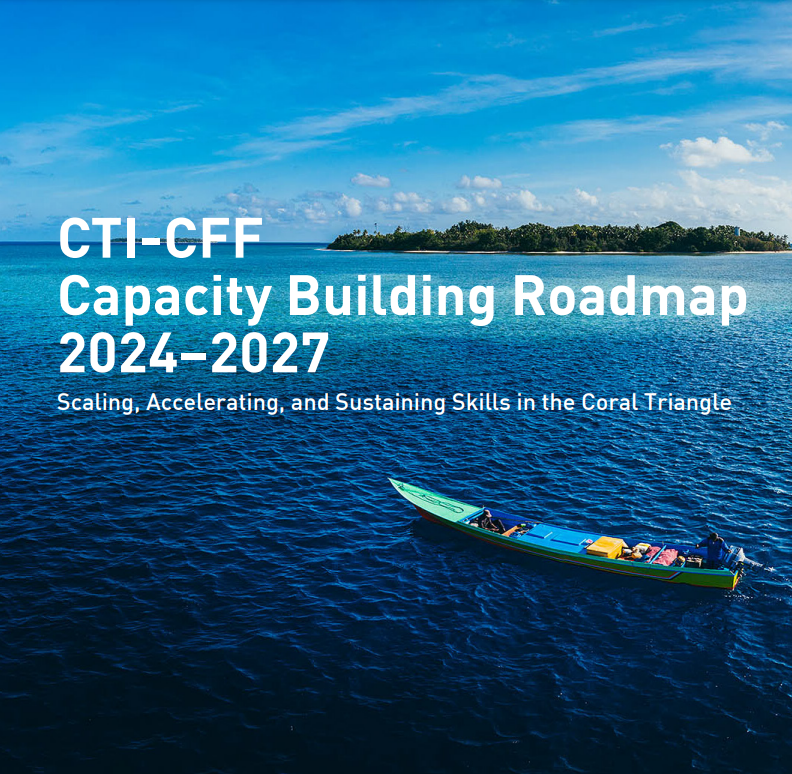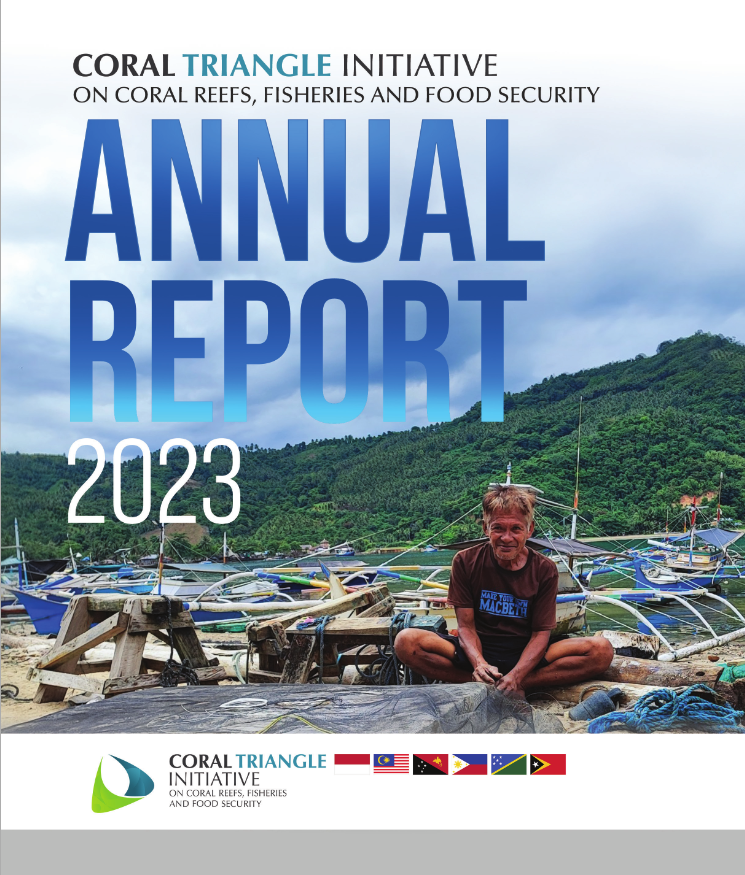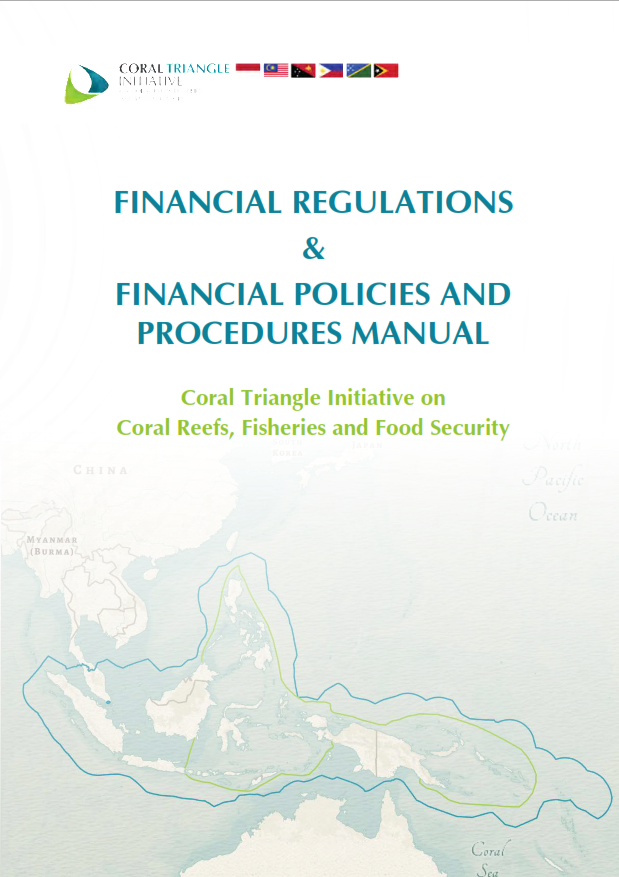Multi-stakeholder Approach to Empowering Coastal Communities in Papua New Guinea
Kimbe Bay, located in West New Britain Province, off the northern coast of New Britain in Papua New Guinea, is home to some of the most ecologically significant shallow and deepwater marine habitats in the Coral Triangle. More than 60% of the Indo-Pacific’s coral species and more than 860 species of reef fish are found in this 9,800 square kilometer area. Kimbe Bay is one of the priority sites identified by the Asian Development Bank (ADB) Pacific Department under its Regional Technical Assistance 7753: Strengthening Coastal and Marine Resources Management in the Coral Triangle of the Pacific (Phase 2).
Under the TA, ADB is supporting five countries: Papua New Guinea, Solomon Islands, Timor-Leste in the Coral Triangle, and two adjacent countries—Fiji and Vanuatu. All five countries have common environmental concerns in climate change and biodiversity conservation. With funding support from the Global Environment Facility, along with government and civil society organizations, ADB is helping to ensure that unique seascapes and other coastal and marine areas of interest within these five countries are managed in a sustainable manner. The TA will strengthen the capabilities of national and local institutions in sustainable coastal and marine resources management, and enable coastal communities to apply best practices in ecosystem-based fishery management and climate change adaptation. These outputs will build resilient ecosystems and ensure sustainable food security for the population.
The unique combination of coral reef, mangrove, seagrass, oceanic, and sea mount habitats in Kimbe Bay requires a selection of techniques, methods and resource to manage these diverse but interconnected marine environments. It will involve many individuals, groups, and institutions that, in one way or another, have a stake in the protection of Kimbe Bay.
Cosma, a fisher by profession, is one of them. He lives in Lolobau Island, located 6.5 km off the coast of New Britain. Lolobau residents depend heavily on the rich fishing grounds and the abundant forest resources that the island provides. This is why Cosma, like many other fishers in Lolobau, believes it is imperative to protect these resources just like their ancestors have done for many years. He is a member of the Locally Managed Marine Area (LMMA) Advisory Committee in Lolobau and the chairperson of HOBITA, a community-based organization composed of LMMA committee members in Bialla, Hoskins, and Talasea, the three localities that make up Kimbe Bay.
As the Chairperson of HOBITA, Cosma is responsible not only for ensuring that overfishing and destructive fishing methods cease to be practiced in Lolobau and the greater Bialla locality where it belongs, but also in the rest of Kimbe Bay. HOBITA was formed with the help of The Nature Conservancy (TNC) through their three-phase engagement in Building a Resilient Network of Marine Management Areas across Kimbe Bay. TNC trained A cadre of community leaders was trained in LMMA planning, biological monitoring, regulation, and enforcement, among other skills. Today, Cosma, together with other trained members of HOBITA, travels around Kimbe Bay to assist communities interested in managing their fishing grounds and mangrove areas in a sustainable manner.
In Kimbe Bay, the TA provides training, mentoring, and facilitation, connecting communities to other stakeholders, earning and research institutions (such as Mahonia Na Dari), locally-based nongovernment organizations, local level governments, private sector, and funding institutions. Partnerships are forged to support the coastal and marine resource management initiatives of communities. These are meant to harness traditional knowledge, promote sharing of best practices, and provide training, equipment, and funds in support of the coastal resource management goals that the communities themselves have set out to accomplish. The three-phase engagement for Kimbe Bay is now in its third and final stage aimed at governance and long-term financial sustainability for the Kimbe Bay LMMA network.
On February 26-27, 2013, the Papua New Guinea Department of Environment and Conservation, the West New Britain Provincial Government, The Nature Conservancy, Mahonia na Dari, Live and Learn-PNG, HOBITA, and LMMA Advisory Committee members got together to develop a proposal for marine area management in Kimbe Bay. The two-day workshop resulted in a list of priority activities to help support the goals of the LMMA communities and consensus on how the multi-stakeholder approach is to be applied in the management of the proposed project in Kimbe Bay. This project proposal development process supports consensus building, promotes stakeholder ownership, clarifies roles and responsibilities, draws from local resources, and ensures that activities are responsive to the needs identified by local communities. Priorities include institutional capacity building, establishing new LMMAs, supporting the management plans of existing LMMAs, sustainable financing, and integrating climate change in marine management area planning. Activities are to be undertaken from June 2013 to May 2015.
Cosma hopes that through this initiative, communities responsible for LMMAs will receive additional training and equipment for conducting area surveillance, enforcement, monitoring dives, biological data analysis, proposal and report preparation, book keeping, and conflict management, among other skills. He also hopes to be able to share their knowledge and experience in managing coastal and marine resources with the rest of the country and with the other countries participating in the Coral Triangle of the Pacific.



